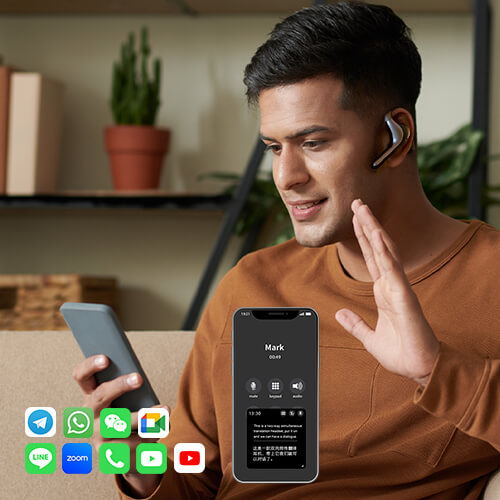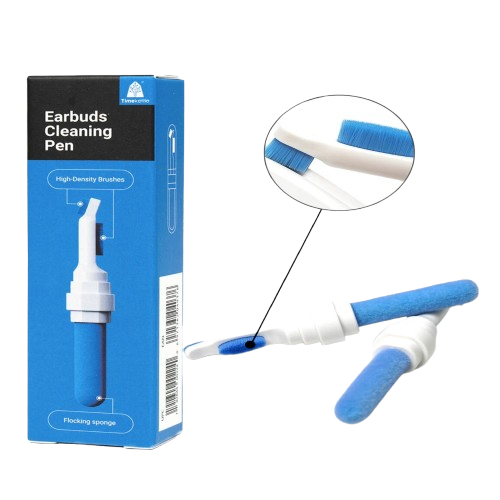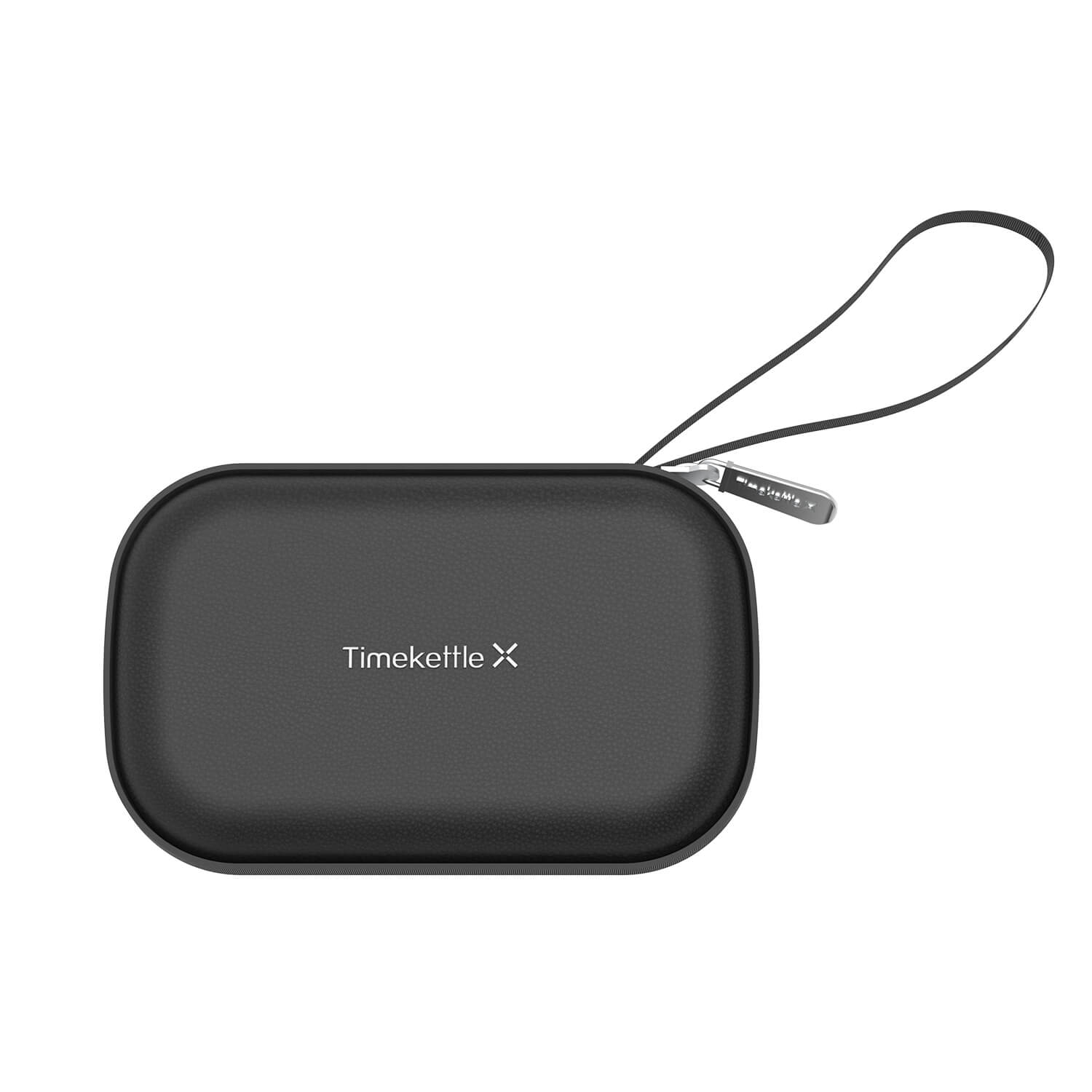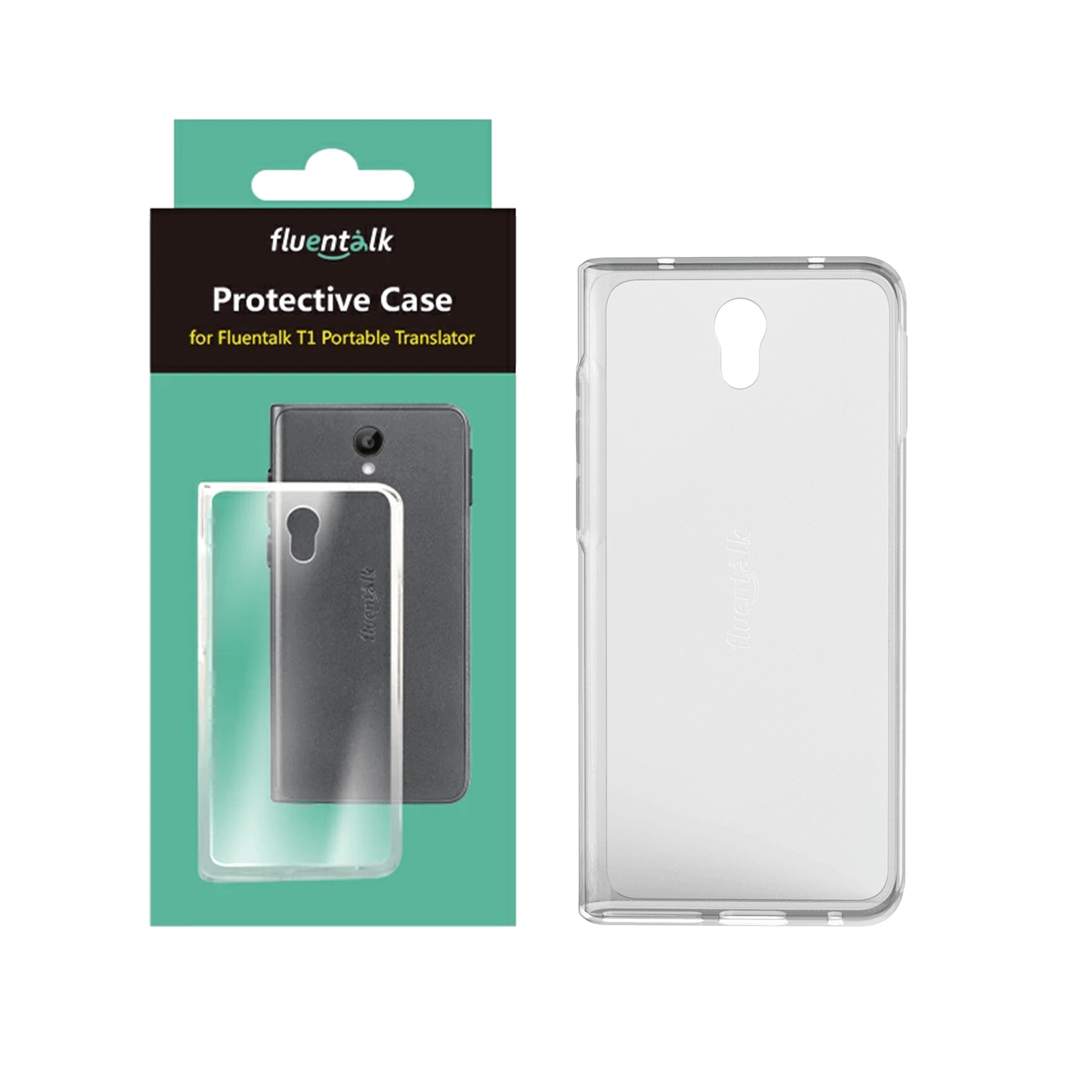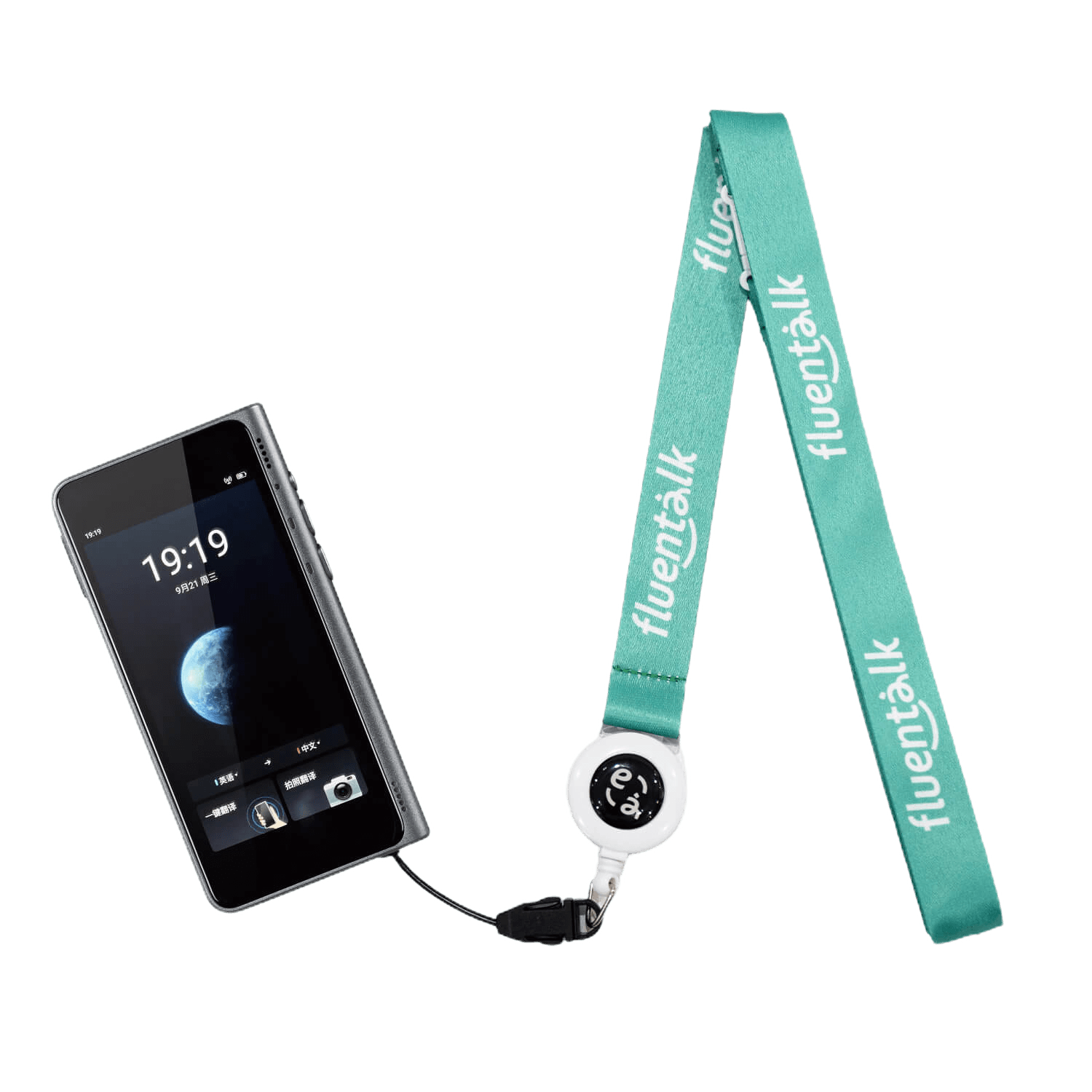How Long Does It Take to Learn Japanese?
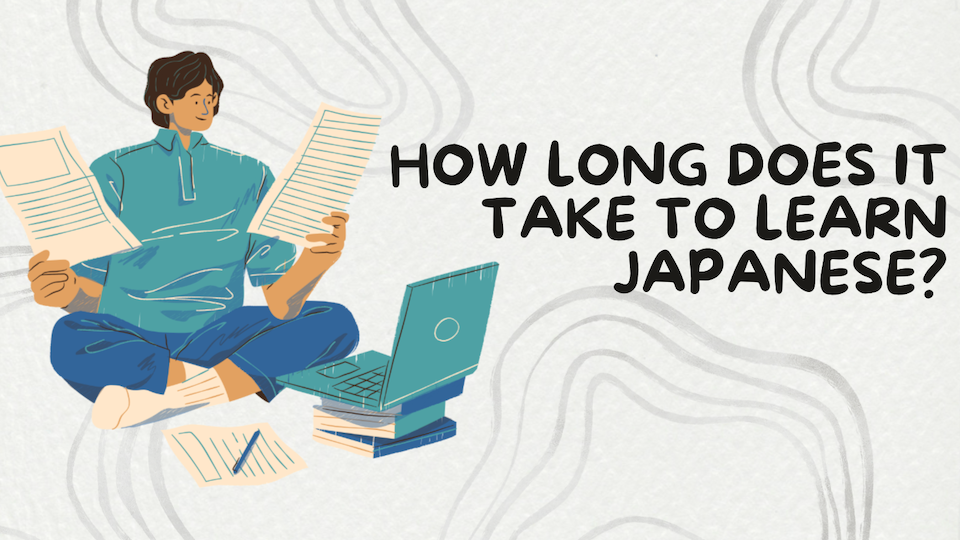
So you’ve ever wondered “how long does it take to learn Japanese” well you’re not alone. This is the number one question for anyone considering this beautiful but tricky language. Whether you want to explore Tokyo, understand your favorite anime without subtitles or advance your career this guide gives you realistic timelines and proven methods to learn Japanese fast.
The truth is learning Japanese takes time and effort. But with the right approach and realistic expectations you can make steady progress to fluency. This guide breaks down the timelines for each level and shares the methods to speed up your learning.
Is Japanese Difficult to Study?
It is usually one of the hardest languages to learn as an English speaker. The U.S. State Department Foreign Service Institute places Japanese as a Category V language that would require as many as 2,200 class hours to be proficient.
What makes Japanese challenging? The language features three distinct writing systems:
- Hiragana: A phonetic alphabet with 46 basic characters used for native Japanese words.
- Katakana: Another phonetic system primarily for foreign words and emphasis.
- Kanji: Chinese characters representing concepts, with over 2,000 commonly used symbols.
Moreover, Japanese grammar is very different from English, with word order of subject-object-verb, complicated honorific systems, and context-dependent meaning.
And modern methods of studying, digital tools like translation APP or translation earbuds, and structured approaches have made Japanese less troublesome to learn. Ambitious students with daily practices and efficient methods are able to learn fluency within shorter times than conventionally assumed times.
How Long Does It Take to Learn Japanese?
Learning Japanese time depends upon your aims, consistency, and studying method. Studies tend to indicate that 300–600 hours are necessary to gain elementary conversational capacity, while 1,500-2,200 hours are required to gain a level of fluency suitable for business purposes.
One hour of daily studying implies reaching conversational level within 1–2 years. Students will most probably make quicker progress by applying various methods simultaneously and by keeping to periodic scheduled activities.
Related Reading: How Long Does It Really Take to Learn a New Language?
Factors Influencing Your Timeline:
- Previous language experience: Students who've learned other languages often progress 25-40% faster.
- Study intensity: Daily practice yields better results than sporadic long sessions.
- Learning goals: Casual conversation requires less time than professional proficiency.
- Resources: Quality instruction and materials significantly impact speed.
Preferable to hours are consistency and quality of practice. Steady studying for an indefinite period at all times will always overcome studying sporadically with great intensity.
General Timeline

Here are realistic timelines for each proficiency level when studying 1-2 hours daily:
Beginner (4-6 Months)
At this stage, you'll build essential foundations, requiring 150-250 study hours.
What you'll accomplish:
- Master hiragana and katakana.
- Learn 300-500 essential vocabulary words.
- Understand basic sentence structures and present tense verbs.
- Handle simple conversations about personal topics.
- Navigate basic travel situations like ordering food and asking directions.
Real-world application: You can introduce yourself, make simple purchases, and understand basic signs and menus in Japan. This stage builds crucial muscle memory for Japanese sounds and writing.
Intermediate (Additional 6-9 Months)
The intermediate level requires an additional 300-450 study hours and focuses on fluency and natural expression.
What you'll accomplish:
- Recognize and write 300-500 kanji characters.
- Use complex grammar patterns like conditional forms and passive voice.
- Engage in detailed conversations about abstract topics.
- Read simple news articles, manga, and social media posts.
- Write coherent emails, diary entries, and short essays.
Real-world application: You can maintain friendships with Japanese speakers, follow movies and TV shows with occasional subtitle checks, and handle most daily life situations independently.
Advanced (Additional 18-24 Months)
Advanced proficiency requires an additional 800-1,200 study hours and focuses on nuanced expression and cultural competency.
What you'll accomplish:
- Read and write 1,500+ kanji characters fluently.
- Use sophisticated grammar, including honorific language (keigo).
- Understand rapid native speech, including slang and idioms.
- Write professional documents and academic papers.
- Navigate complex social and business situations with cultural sensitivity.
Real-world application: You can work professionally in Japanese companies, pursue academic studies, and maintain deep personal relationships with native speakers. Advanced learners often describe "thinking in Japanese," marking true fluency.
What Affects Reaching Fluency in a New Language
Study Plan
Efficient management of time minimizes studying time by 30-50%. Good students keep all four linguistic skills under balance with one another: reading, writing, listening, and speaking.
Optimal study structure:
- Daily practice: Even 20-30 minutes daily outperforms longer weekly sessions.
- Skill rotation: Alternate between grammar, vocabulary, listening, and speaking.
- Review cycles: Use spaced repetition for long-term retention.
- Progress tracking: Monitor your advancement to maintain motivation.
Level of Motivation
Learning success is directly proportional to motivation. Students with specific individual motivations to learn Japanese always do better than students with ill-defined ends.
High-motivation factors:
- Specific goals like "I want to work for a Japanese company."
- Personal connections with Japanese friends or colleagues.
- Passion for Japanese culture, such as anime or traditional arts.
- Professional necessity for career advancement.
When motivation wanes, reconnect with your original inspiration or adjust your methods to reignite enthusiasm.
Personality and Learning Traits
Your natural learning style impacts your optimal study approach.
Extroverted learners excel with:
- Conversation practice and language exchange programs.
- Group classes and social learning activities.
Introverted learners often prefer:
- Self-paced study with books and apps.
- Written exercises and grammar analysis.
It is all about picking techniques that feel comfortable to you while ever increasing your comfort range.
Learning Resources
Good sources tend to gain momentum fast. Students integrate kinds of resources with capacity.
Essential resource categories:
- Structured curriculum: Textbooks or courses for systematic progression.
- Interactive practice: Apps, games, and online exercises.
- Authentic content: Native materials like news, podcasts, and social media.
- Speaking practice: Conversation partners or tutors.
Investing in quality materials and instruction reduces overall learning time and frustration.
How to Speed Up the Learning Process
Get a Language Partner
Constant communicative practice with native speaker will yield no alternatives. Websites like HelloTalk and Tandem will connect you with interlocutors to converse live. Or you might consider investing in Timekettle's translation headphones as a language learning partner.
Maximizing partnership benefits:
- Prepare conversation topics in advance.
- Ask for corrections and feedback.
- Take notes on new vocabulary for review.
Take Advantage of Manga and Anime
Japanese pop culture offers engaging, authentic content.
Strategic manga selection:
- Start with children's manga like "Doraemon" for simpler vocabulary.
- Progress to shounen manga like "Naruto" for intermediate practice.
Effective anime learning:
- Begin with Japanese audio and English subtitles, then progress to Japanese subtitles.
- Focus on slice-of-life anime for everyday vocabulary.
Listen to Music and Podcasts
Audio content trains your ear for natural rhythm and pronunciation.
Music for language learning:
- Use lyrics websites to follow along.
- Focus on artists with clear pronunciation like Utada Hikaru.
Podcast recommendations:
- Beginner: "Learn Japanese Pod."
- Intermediate: "Bilingual News."
- Advanced: "NHK Radio News."
Immerse Yourself in the Language
Creating an immersive environment accelerates learning.
Digital immersion strategies:
- Change your phone and computer interfaces to Japanese.
- Follow Japanese social media accounts.
Content immersion techniques:
- Watch Japanese Netflix shows with Japanese subtitles.
- Read Japanese news websites daily.
Start Your Japanese Journey with Professional Guidance
Whereas individual study forms a foundation, one-to-one training accelerates progress fast. Individual mentoring fills gaps, provides immediate feedback, and fits individual style of one's own learnability.
Benefits of professional instruction:
- Personalized curriculum tailored to your goals.
- Real-time error correction.
- Cultural context that textbooks cannot provide.
Online tutoring platforms make qualified Japanese teachers accessible worldwide.
Conclusion: Your Path to Japanese Fluency
On Your Way to Japanese Fluency Mastering Japanese is not simple, but with realistic goals and proper approach, fluency can be obtained. The diligent students will arrive at conversational ability within 1-2 years.
Consistency is all. Train intermittently for short times to build gradual progress. Interleave training of highly structured material with fun material, pay attention to genuine conversational hooks, and pay for good training when you need to.
The cultural diversity, career advantages, and sense of personal achievement of studying Japanese make every hour count. Begin today with a careful plan and confidence that success is within reach.





